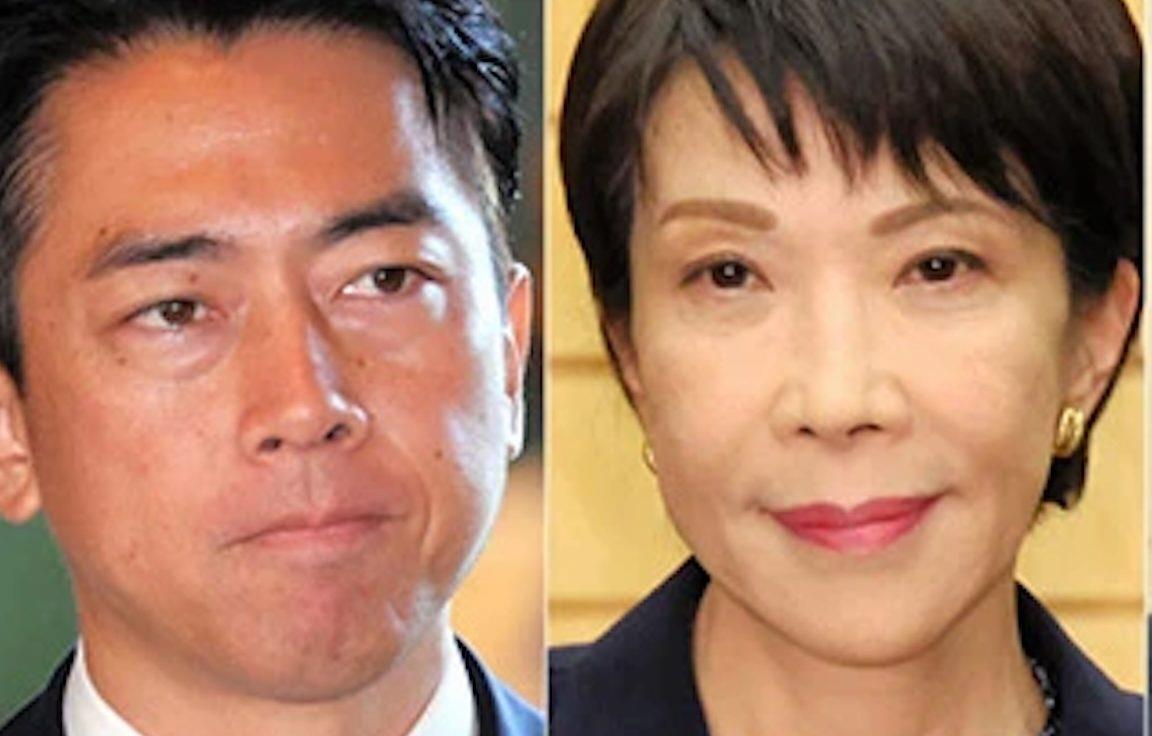The LDP Leadership Race Could Reshape Japanese Politics
While five LDP members have entered the race, the contest is effectively a battle between two key figures: Sanae Takaichi and Shinjiro Koizumi, who lead substantially in comparison to the others, according to recent polls.
Although they belong to the same party, the two candidates represent sharply contrasting visions for Japan's future. One risks returning the country to the era of“revolving door” premierships that plagued earlier decades, while the other could push Japan into a deeper ideological confrontation and trigger a“race to the bottom” with the country's rising alt-right movement.
The outcome of this leadership election will therefore shape not only the LDP's future but also Japan's political trajectory for years to come.
Polarizing Takaichi threatens to shift Japan farther rightA nationwide public opinion poll conducted by the Japanese newspaper Mainichi Shimbun on September 20-21 found that Takaichi was leading all candidates with 25% of the votes.
Takaichi is a well-known but highly controversial politician who has been a mainstay within the LDP for a number of years. Her status as an extreme right-wing individual , even within the LDP, and her associated policy stances raise concerns about the potential for heightened political and economic uncertainty.
The LDP's declining fortunes in recent elections , particularly in the upper house, have partly been driven by voter defections from its conservative base to hard-right parties such as Sanseito . These voters, dissatisfied with what they see as the party's abandonment of“conservative values” since the Abe era, have sought more uncompromising alternatives.
Many within the LDP believe that installing Takaichi as leader could win these voters back. Her controversial visits to the Yasukuni Shrine, which enshrines Japan's war dead as well as Class-A war criminals, and her openly anti-foreigner rhetoric are in line with these disgruntled voters' desires.
However, such notions operate under the potentially flawed assumption that Japanese voters are fickle and will easily forgive the LDP for its growing list of corruption scandals if Takaichi is elected. This assumption risks underestimating voters' anger and overestimating their ideological loyalty.
In reality, Takaichi is more likely to find herself competing directly with Sanseito and opposition parties by amplifying their key messages, particularly those related to immigration and national identity.
We have already seen early signs that this is occurring, as evident in Takaichi's remarks at press conferences on the campaign trail. During these sessions, Takaichi has taken a hawkish stance toward concerns about over-tourism by saying that“Japanese people are extremely tolerant, so everyone is swallowing their words” regardig foreign-related issues. Takaichi has promised to mitigate this threat by revising immigration policies“from scratch.”

Legal Disclaimer:
MENAFN provides the
information “as is” without warranty of any kind. We do not accept
any responsibility or liability for the accuracy, content, images,
videos, licenses, completeness, legality, or reliability of the information
contained in this article. If you have any complaints or copyright
issues related to this article, kindly contact the provider above.
Most popular stories
Market Research

- Seoul Exchange, One Of Only Two Licensed Platforms For Unlisted Securities, Will Exclusively Use Story To Settle Tokenized Rwas
- Phase 6 Reaches 50% Mark As Mutuum Finance (MUTM) Approaches Next Price Step
- 0G Labs Launches Aristotle Mainnet With Largest Day-One Ecosystem For Decentralized AI
- Solotto Launches As Solana's First-Ever Community-Powered On-Chain Lottery
- Kintsu Launches Shype On Hyperliquid
- Blockchainfx Raises $7.24M In Presale As First Multi-Asset Super App Connecting Crypto, Stocks, And Forex Goes Live In Beta


























Comments
No comment